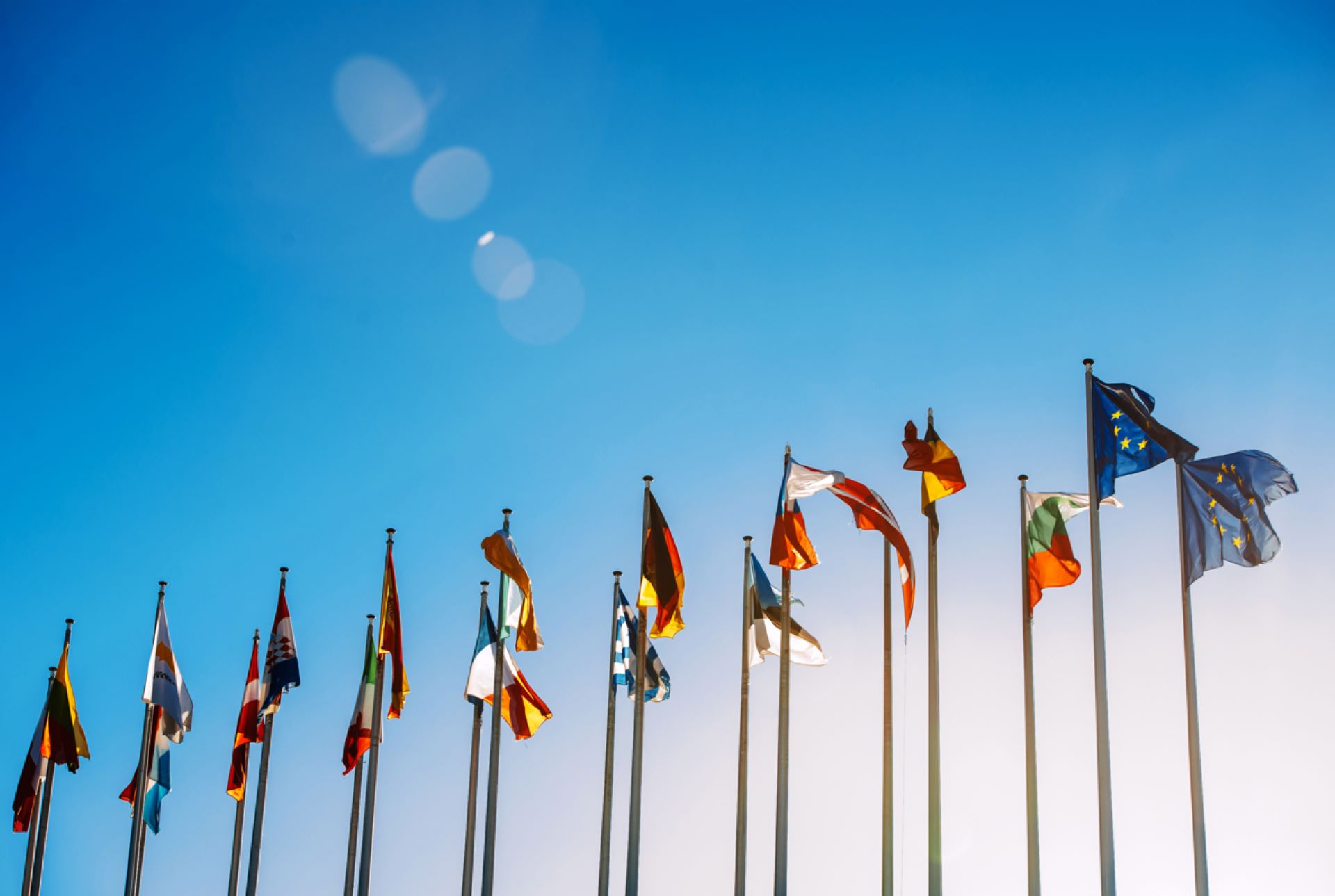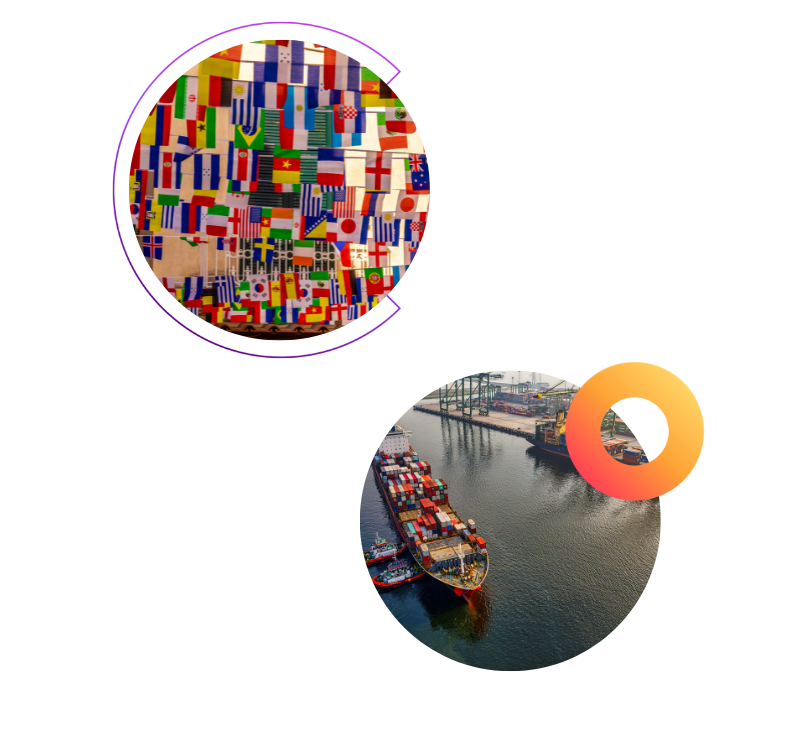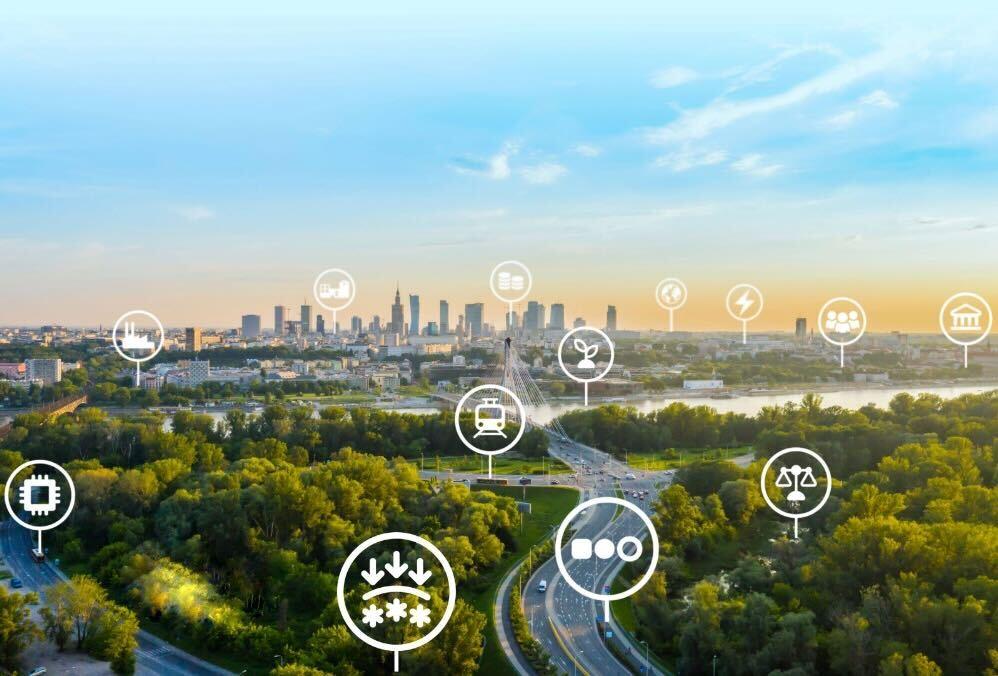Glossary
Glossary


External Action
Addressing climate change requires a collective global approach. It is key for the EU to consider the extraterritorial impacts of its actions, prioritise climate diplomacy and support other nations in decarbonisation efforts.

OVERVIEW:
Progress on external action has been far too slow
Although there has been small progress with improved finance, the EU is moving far too slowly in its role of leading global climate action and needs to accelerate its efforts.
The EU plays a crucial role in leading global climate action, not only because of its ability and responsibility to support partner countries in their decarbonisation efforts but also to maintain its competitiveness in an era increasingly shaped by green competition globally. As in the previous year, development in this building block was far too slow over the period assessed. A positive sign is the increase in international climate finance contributions in 2022, which, however, are still too low to meet the EU’s fair share. Imported emissions in the EU remain high. Progress on the enablers was far too slow across the board: Alignment of all international finance with the Paris Agreement has hardly seen any progress, as is the case for the integration of climate considerations into other foreign policy areas.
In some areas, implementation falls short of previously formulated targets, such as in the case of the commitment to halt international public finance for fossil fuels by 2022, which has not yet been achieved. In other areas, effective and ambitious policies have been largely absent for a long time, but are currently being launched, such as the Carbon Border Adjustment Mechanism (CBAM), which can lead to a future reduction in imported emissions. While declarations from EU Foreign Affairs ministers state the intention to align the EU’s foreign policy with climate goals, the reality, e.g., in EU trade agreements or share of Official Development Assistance (ODA) allocated to climate action, still falls short of the intended objective.
Progress could be advanced through the enhancement of partnership-building efforts to support other countries in their green transition, e.g., by expanding investments in clean projects abroad while phasing out support for fossil fuel investments. Additional action is needed to mainstream climate, e.g., by leveraging trade agreements to promote sustainable practices. Additionally, there is a need to empower climate diplomats and institutionalise climate considerations across all policy areas to ensure effective coordination and communication of climate action in the EU and abroad – also in the context of outreach concerning CBAM.
OBJECTIVES
Objectives describe what needs to be achieved in each building block to reach climate neutrality.
Objective
Driving ambitious global climate action
The EU failed to fully leverage their potential to play an ambitious and catalytic role in global climate action, particularly in terms of mobilising international climate finance and curbing imported emissions. In 2022, the EU and its Member States notably increased contributions to international climate finance, surpassing EUR 28 billion, which marks the most significant annual increase since 2014. Despite this positive trend, progress remained too slow in meeting the EU’s fair share. The EU’s imported emissions trajectory did not improve; on the contrary, emissions generated abroad but consumed domestically remained high.
International climate finance

This indicator shows past development of EU and EU Member State contributions to international public climate finance.
The data show an annual increase of 5.7% between 2017 and 2022. This development was going in the right direction but should be accelerated in the future.
Under the UNFCCC, international climate finance is defined as financial flows from developed to developing countries to support the implementation of climate change mitigation and adaptation actions.
Imported CO2 emissions

This indicator shows past development in imported CO2 emissions.
The data show an annual increase of 0.9% between 2015 and 2020. This development was heading in the wrong direction.
Imported CO2 emissions are generated in the production of goods and services that are consumed in one country, but which are produced in another country.
ENABLERS
Enablers are the supporting conditions and underlying changes needed to meet the objectives in a given building block. They are the opposite of barriers or inhibitors.
Enabler 1
Aligning all international public and private finance with the Paris Agreement
Considering data gaps on overall climate-related international public finance, an assessment of the alignment of financing activities by the European Investment Bank (EIB) is used as a proxy indicator. Although the EIB has shown a positive trend in investing in clean projects outside the EU, investments in such projects dropped by nearly half from 2019 to 2021. At the same time, the bank still invested in parallel around EUR 66 million in fossil fuel projects outside the EU in 2021. The EIB has consequently missed its target to bring all its financing activities in line with the Paris Agreement by 2020.
Public finance for international fossil fuel projects (by EIB)

This indicator shows past development in public finance for international fossil fuel projects by the European Investment Bank (EIB) in comparison to its target to bring all its financial activities in line with the goals of the Paris Agreement by 2020.
The data show an average annual decrease of EUR 6.3 million between 2016 and 2021. To meet the target, originally formulated for 2020, there must be a decrease of EUR 66.3 million between 2021 and 2022, which is more than 10 times faster than the current progress.
Public finance of the EIB including grants, loans, etc. by year and energy category (focus on fossil fuel projects)
Public finance for international clean energy projects (by EIB)

This indicator shows past development in public finance for international clean energy projects by the European Investment Bank (EIB).
The data show an annual increase of 1.3% between 2016 and 2021. This development was heading in the right direction but should accelerate in the future.
Public finance of the EIB including grants, loans, etc. by year and energy category (focus on clean projects)
Enabler 2
Utilising all foreign policy channels to advance the global transition
Assessing the success of the EU’s aim to use trade policy to support the Green Deal is difficult due to the limited data. A proxy indicator that measures the number of ‘references to the Paris Agreement in trade agreements’ was used instead. However, it must be noted that in the three years after the Paris Agreement, only one third of trade agreements even referred to the agreement, not to mention making concrete commitments. The allocation of ODA to climate initiatives shows a negative trend from 2016 to 2021.
Paris Agreement references in trade agreements

This indicator shows past development in the share of trade agreements that reference the Paris Agreement. This is compared against the announcement made by the EU in 2022 to include Trade and Sustainable Development chapters, which require effective implementation of the Paris Agreement, in all modern EU trade agreements.
The data show an annual increase of 11.5 %-points between 2016 and 2018. To meet the target, the required annual change between 2021 and 2022 needs to be 16.8 %-points, which is 1.5 times faster than the current rate of progress.
The indicator covers the share of all trade agreements that reference the Paris Agreement on climate change.
ODA related to climate action

This indicator shows past development in Official Development Assistance (ODA) that is provided to support climate mitigation, adaptation, and other related activities in developing countries.
The data show an annual decrease of 1.5% between 2016 and 2021. This development was heading wrong direction.
All ODA that is provided to support climate change mitigation, adaptation, and other related activities in developing countries.
Enabler 3
Embedding climate considerations in foreign policy
Several EU institutions responsible for climate-related matters face substantial deficits in terms of resources and expertise, highlighting that progress has been far too slow. Compared to last year's assessment, there was a slight increase in the number of Member States joining the ‘Group of Friends (GoF) for Ambitious EU Climate Diplomacy’. This signifies a prioritisation of climate diplomacy within the foreign policies of these nations. However, the growth of the group can be assessed as too slow given the size of the task at hand and the time pressure to combat climate change.
Climate-relevant expertise

This indicator shows past development in climate-related expertise available to EU institutions engaged in foreign policy. Most such institutions face substantial deficits in terms of resources and expertise, highlighting that progress has been far too slow.
Number of qualified staff.
Prioritisation of climate diplomacy

This indicator shows past development in the share of EU GHG emissions that are covered by the ‘Group of Friends for Ambitious EU Climate Diplomacy’. The data shows that in 2023 59% of EU GHG emissions were covered by GoF for Ambitious EU Climate Diplomacy. While there was a slight increase in the number of Member States joining the GoF compared to 2022, the growth of the group is considered too slow.
Share of EU GHG emissions covered by ‘GoF for Ambitious EU Climate Diplomacy’




